In the treatment of OAB, it is important to establish the correct diagnosis first. Because the problem may simply be due to excessive fluid consumption. In such cases, reducing fluid consumption to an average level also normalizes the number of urination.
First of all, the patient's history is listened to in order to talk about the presence of the disease and to distinguish the syndrome from other conditions. Then, physical examination and laboratory examinations are performed. Overactive bladder is a condition that can usually only be identified from the patient's history.
Patients are advised to keep a 3-day bladder diary. The daily fluid intake and the time at which he goes to the toilet are noted. The amount and type of fluid taken and the amount of urine output are especially noted.
A special test called urodynamics is applied especially in patients who are resistant to treatment and involuntary contractions in the bladder muscles are clearly detected.
There is more than one treatment method for the disease, but the patient is first asked to make changes in lifestyle and develop a habit of pelvic exercise. In addition to these, drug therapy can also be applied. In patients for whom all these treatment methods are ineffective, bladder botox applications and surgical interventions that reduce nerve conduction may be preferred. In some cases, enlargement of the bladder can also be used as an effective treatment method.
Many patients are treated with muscle exercises, improvements in standard of living, and medication. The priority in overweight patients is to reach a healthy weight range.
Therefore, treatment practices support this process. The fact that the disease is not life-threatening makes it possible to be treated by providing healthy living conditions. In order to treat this syndrome, which closely affects social life and causes psychological problems, a specialist doctor should be consulted in case of symptoms. In this way, the disease can be cured.
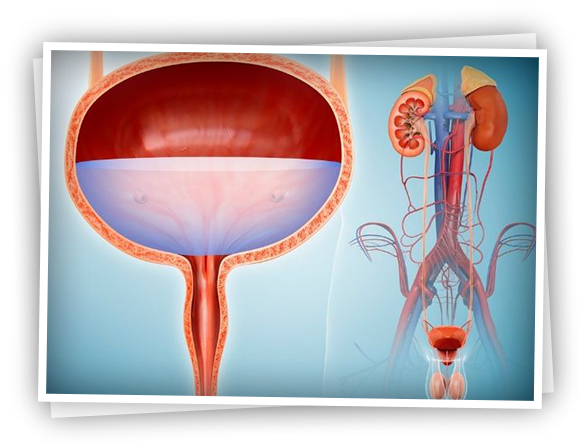





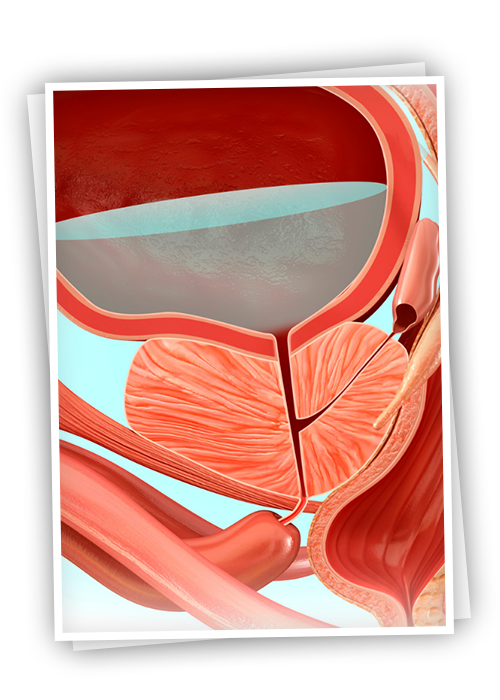









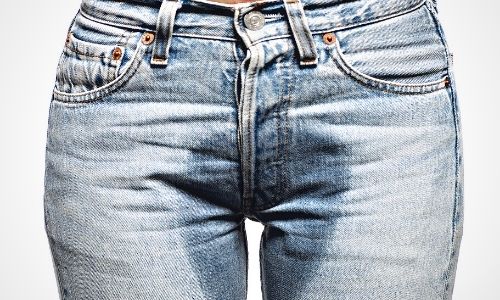
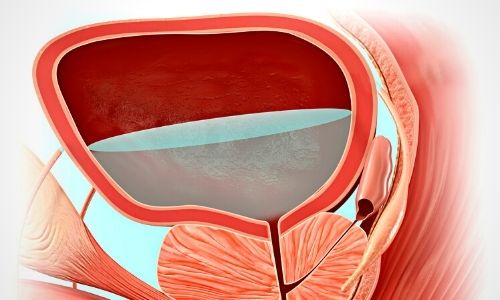
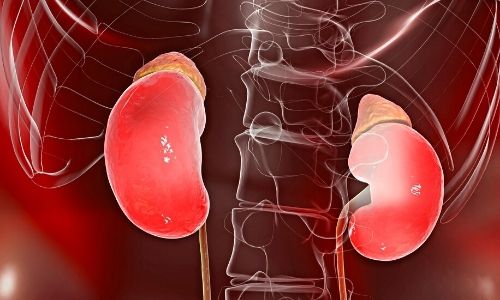
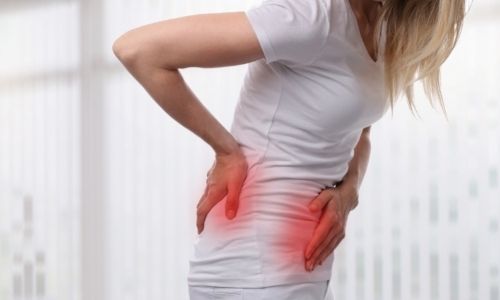
thank you for giving useful information about Overactive Bladder .this blog is very important for reader.